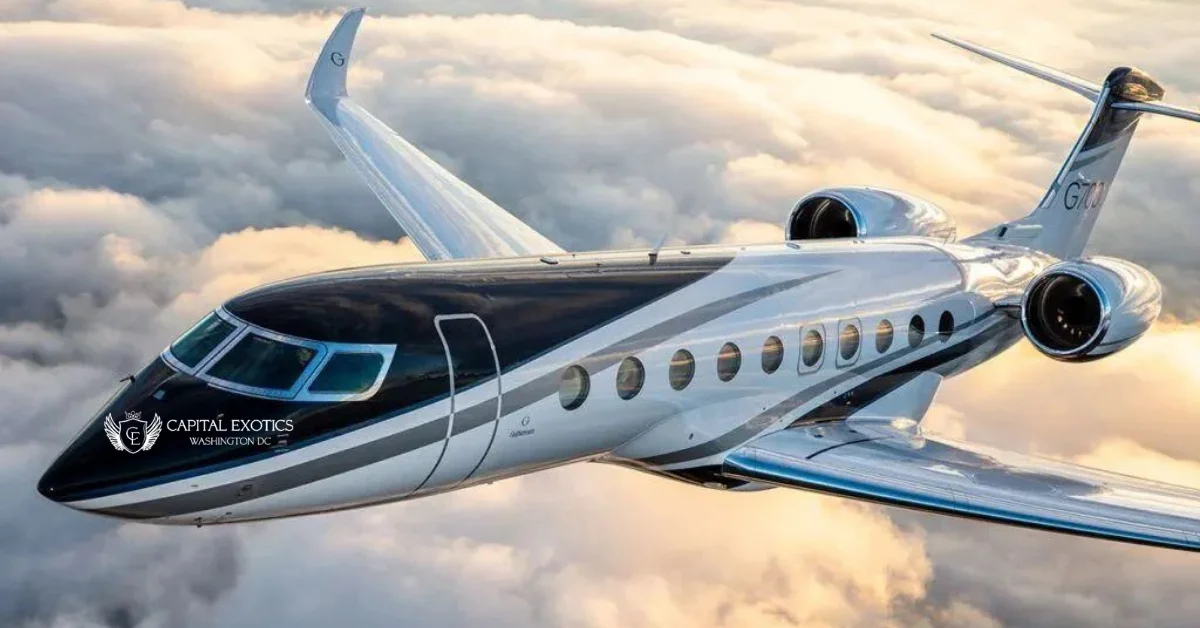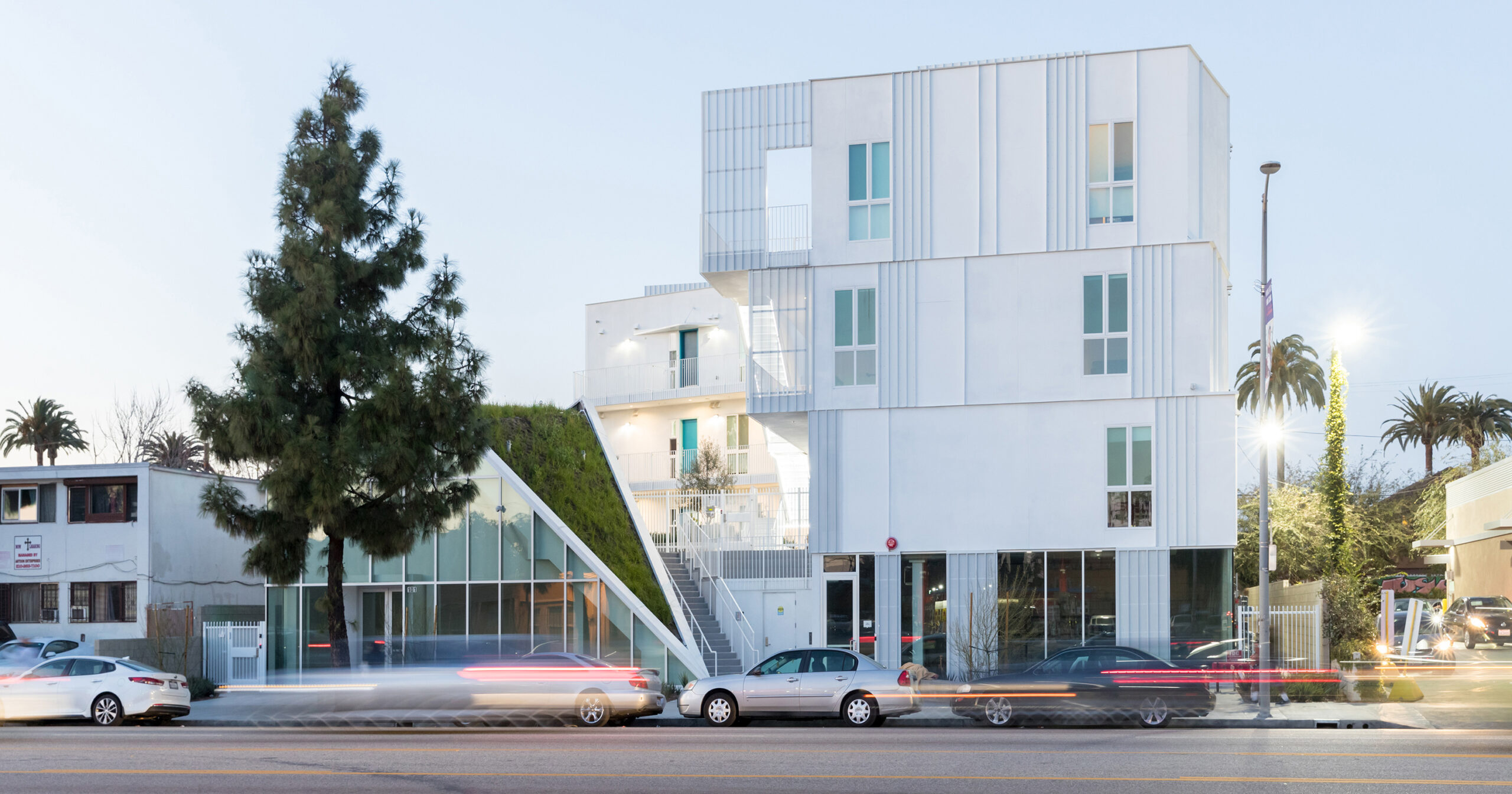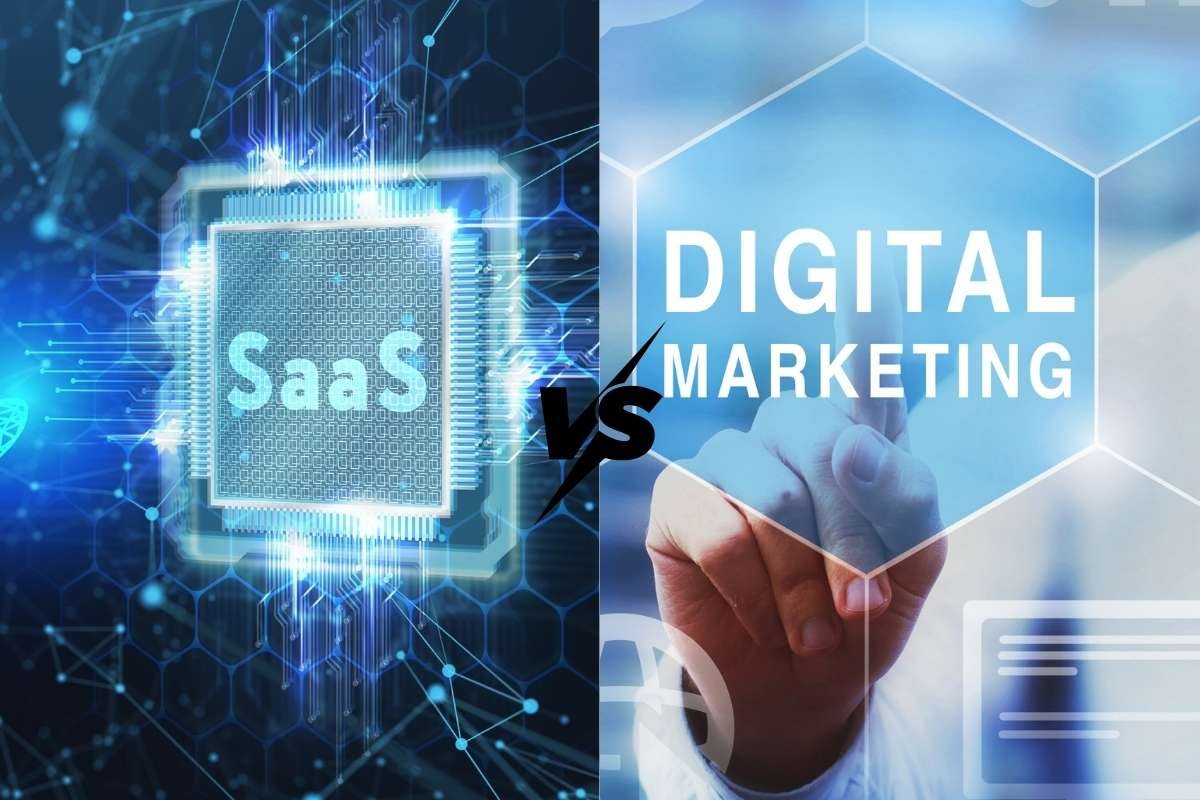The Price Tag of Trump’s Private Jet: What’s the True Cost? Owning a private jet is the ultimate statement of luxury, and when that jet belongs to a former president and real estate magnate like Donald Trump, the price tag soars to stratospheric heights. Gliding across continents in a bespoke Boeing 757-200, Trump’s flying palace represents both a pinnacle of personal branding and a staggering ongoing expense. But what exactly goes into Trump’s private jet cost? From the initial acquisition to the daily burn of fuel, every dollar spent paints a picture of opulence in motion. Buckle up for a deep-dive into the economic runway of one of the world’s most famous aircraft.

Acquisition: Securing the Skyborne Status Symbol
Purchase Price of the Airframe
In 2011, Trump acquired his Boeing 757-200 from Microsoft co-founder Paul Allen. Reports suggest the purchase price hovered around $100 million—a princely sum for a pre-owned airliner. This base cost covered the airframe, engines, and standard cockpit instrumentation. Yet, in the world of VIP transport, the real fireworks begin after the handshake.
Customization and Retrofit Expenses
Transforming a corporate jet into a presidential-level flying palace requires Herculean customization. Interiors were stripped down to the shell, then rebuilt with lavish materials: Italian marble floors, mahogany veneers, gold-plated fixtures, and hand-stitched leather seating. A full commercial-grade galley was installed, along with conference areas, private suites, and state-of-the-art communications gear.
- Interior Refits: $25–$30 million
- Avionics Upgrades: $5–$10 million
- Security Enhancements: $3–$5 million
Altogether, Trump’s private jet cost for customization likely added another $40–$50 million, pushing total acquisition investments over $140 million.
Operating Costs: The Yearly Financial Jet Stream
Fuel Consumption and Jet Fuel Prices
A Boeing 757 consumes roughly 3,000 gallons of jet fuel on a typical 3,000-mile flight. At an average global jet fuel price of $5 per gallon, each long-haul trip can burn $15,000 in fuel alone. Trump’s jet logs approximately 500 flight hours per year—a moderate estimate for a VIP jet—which translates to:
- Annual Fuel Burn: 150,000 gallons
- Annual Fuel Cost: $750,000
These figures can spike when on global tours, or dip when the jet is grounded. Seasonal fuel price swings magnify uncertainties, adding a fluid dimension to Trump’s private jet cost.
Crew Salaries and Training
An aircraft of this size demands a highly skilled crew. Typically, a dedicated team includes two captains, two first officers, three flight attendants, and ground support specialists. Annual total compensation:
- Pilots: $200,000 per captain; $150,000 per first officer
- Cabin Crew: $60,000 per attendant
- Support Staff: $50,000–$70,000 each
Total crew payroll approaches $1.2 million annually. Ongoing training, recurrent certifications, and simulator hours add another $200,000. Crew provisions—uniforms, per diem, housing—further swell payroll outlays.
Hangar Fees and Airport Charges
Prime real estate at major airports doesn’t come cheap. Hangar space for a 757 in New York or Palm Beach can run $100,000–$200,000 per year. Parking fees, ground handling, landing and navigation charges, and ramp services at global airports accumulate quickly:
- Hangar Fees: $150,000
- Ground Handling & Landing Fees: $300,000
Combined, these fixed and variable fees contribute nearly $450,000 annually to Trump’s private jet cost.
Maintenance and Overhaul
Complex machinery demands constant care. Scheduled maintenance includes A-Checks every 500 flight hours, C-Checks every 20 months, and engine overhauls at intervals based on flight cycles. Annual maintenance budgets for a 757 VIP conversion typically run $2–$3 million:
- Routine Inspections: $1 million
- Component Replacements: $1 million
- Engine Overhauls Reserve: $500,000
Unscheduled repairs—hail damage, avionics glitches, interior wear—add contingency expenses, driving total maintenance outlays closer to $3.5 million per year.
Insurance: Underwriting the Flying Fortress
Insuring a heavily modified Boeing 757 requires specialized liability and hull coverage. Premiums scale with aircraft value and usage patterns. Coverage for Trump’s private jet cost insurance likely runs:
- Hull Insurance: 0.05% of aircraft value = $70,000 annually
- Liability Insurance: $200 million coverage = $100,000 annually
Combined insurance outlays surpass $170,000 each year, sparing the owner from catastrophic losses.
Depreciation and Opportunity Cost
Aircraft, like cars, lose value over time. A well-maintained 757 may depreciate $3–$5 million per year, depending on market demand and hours flown. For Trump, the depreciation of his bespoke jet translates into both fiscal accounting losses and opportunity cost—capital tied up in illiquid assets.
The Intangible Costs: Brand, Image, and Environment
Branding and Public Perception
The jet serves as a flying billboard, reinforcing Trump’s brand of success and grandeur. Though unquantifiable, brand value and marketing exposure represent an intangible ROI, arguably offsetting a fraction of Trump’s private jet cost.
Environmental Impact and Carbon Offsets
Private jets are under scrutiny for high per-passenger carbon emissions. A 757 emits roughly 0.8 metric tons of CO₂ per flight hour. With 500 annual hours, the jet contributes 400 metric tons of CO₂ each year. Carbon offset purchases—priced at $10–$20 per ton—add $4,000–$8,000 annually.
Comparative Analysis: VIP Jets of Similar Caliber
To contextualize Trump’s private jet cost, consider peer aircraft:
- Gulfstream G650: Purchase $65 million; annual ops $5 million
- Bombardier Global 7500: Purchase $75 million; annual ops $4 million
While Trump’s 757 commands a higher acquisition cost, its capacity, range, and bespoke features provide unparalleled flexibility and prestige.
Financing the Skyward Dream
Most private aircraft acquisitions leverage financing. A typical 20-year loan at 5% interest on $140 million yields annual debt service of $11 million. Some owners structure complex leases or LLC holdings, optimizing tax and liability exposures—further complicating the calculus of Trump’s private jet cost.
Cost Recovery: Charter and Shared Ownership
To defray expenses, some owners charter out their jets or adopt fractional ownership models. Assuming a moderate charter rate of $10,000 per flight hour and 200 chartered hours annually, potential revenue of $2 million offsets operating costs—a strategy that Trump’s jet could theoretically employ, though in practice his aircraft remains predominantly private.
Future-Proofing: Upgrades and Technological Refresh
Staying ahead in VIP aviation requires continual modernization. Investments in updated avionics, in-flight connectivity (Ka-band satellite internet), and cabin refreshes can each cost $2–$5 million per upgrade. Strategically timed overhauls preserve both luxury appeal and operational efficiency, adding to the long-term Trump’s private jet cost ledger.
The Bottom Line: Calculating Total Annual Costs
Summing major line items yields a rough annual cost:
| Expense Category | Estimated Annual Cost |
|---|---|
| Fuel | $750,000 |
| Crew Salaries & Training | $1,400,000 |
| Hangar & Airport Fees | $450,000 |
| Maintenance & Overhaul | $3,500,000 |
| Insurance | $170,000 |
| Depreciation (Opportunity Cost) | $4,000,000 |
| Carbon Offsets | $6,000 |
| Financing (Debt Service) | $11,000,000 |
| Total | $21,276,000 |
This $21+ million figure captures core expenditures. Charter revenue or intangible brand value may soften the net impact, but the staggering scale of Trump’s private jet cost remains undeniable.
Conclusion
The allure of private aviation lies in unbounded freedom and unquestionable luxury. Yet beneath the gleaming veneer of leather and gold-plated fixtures lies a relentless cascade of costs: from fuel bills and hangar fees to crew payroll and depreciation. For Donald Trump’s Boeing 757—a paragon of VIP travel—the investment soars well beyond its $140 million acquisition price, demanding over $20 million annually to sustain its skyborne majesty.
Understanding the true economics of this airborne empire reveals not only the financial dedication required but also the intricate tapestry of branding, security, and technological maintenance that underpins private jet ownership at the highest echelons. In the end, Trump’s private jet cost stands as a testament to the privileges of power and the staggering expense of living life above the clouds.



More Stories
Top Management Firms Making Waves in 2024
How Management Firms Help Companies Thrive
How Management Firms Drive Business Growth